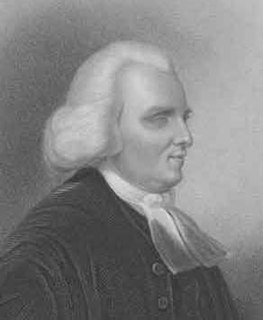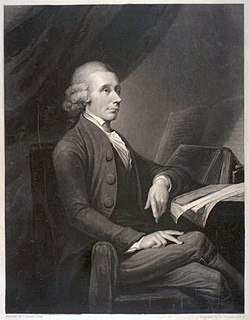Jean Marishall (Jane Marshall) (fl. 1765–1788) was a Scottish novelist and dramatist. She was employed by the publisher John Newbery as a writer for the young. As a novelist she was influenced by Samuel Richardson. [1] [2]

John Newbery, called "The Father of Children's Literature", was an English publisher of books who first made children's literature a sustainable and profitable part of the literary market. He also supported and published the works of Christopher Smart, Oliver Goldsmith and Samuel Johnson. In recognition of his achievements the Newbery Medal was named after him in 1922.

Samuel Richardson was an English writer and printer. He is best known for his three epistolary novels: Pamela; or, Virtue Rewarded (1740), Clarissa: Or the History of a Young Lady (1748) and The History of Sir Charles Grandison (1753). Richardson was an established printer and publisher for most of his life and printed almost 500 different works, including journals and magazines. He was also known to collaborate closely with the London bookseller Andrew Millar on several occasions.







